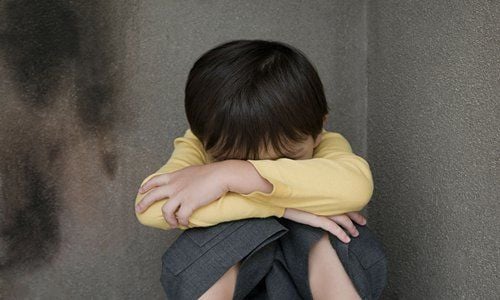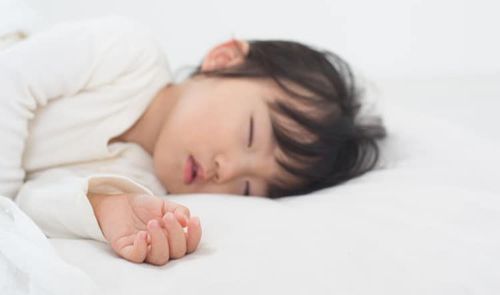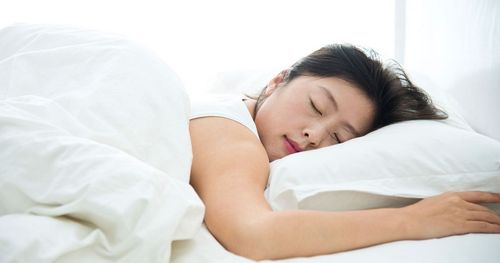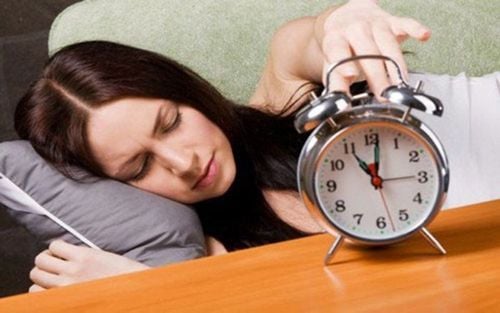This is an automatically translated article.
Posted by Doctor Ma Van Tham - Department of Pediatrics - Neonatology, Vinmec Phu Quoc International General Hospital
Narcolepsy is one of the most common sleep disorders in children. Narcolepsy are actions a child takes that appear to be purposeful when he or she suddenly awakens from a deep sleep.
1. Manifestations of narcolepsy in children
Can recognize narcolepsy in children through the following signs:
While sleeping, children can do simple movements such as sitting up at bed, some other children have complex automatic movements such as: walking, dressing, eating.
Hypersomnia usually occurs 1-2 hours after falling asleep (in the 3rd and 4th stages of slow sleep), when the child opens his eyes, but if he talks to the child, most of them do not understand.
The attack lasts about less than 30 minutes. After the baby fell asleep again. The next morning, ask the child if he or she does not remember what happened during the night.

Sau khi bị cơn miên hành, hôm sau trẻ sẽ không nhớ gì
2. Diagnosis according to the American Psychiatric Association DSM – IV
American Psychiatric Association DSM - IV diagnoses the progression of somnolence in children as follows:
A. The patient repeats periods of getting up from bed, walking during sleep, and getting out. external and usually occurs during the first third of the night.
B. During walking, the patient has a blank, monotonous facial expression, is unresponsive to other people's words, and may awaken after a strong stimulus from another person.
C. While awake, the patient forgets during the attack.
D. Within a few minutes of awakening from the narcolepsy, there is no psychomotor or behavioral disturbance (although there is confusion of consciousness and brief disorientation).
E. Intermittent behavior causes discomfort or dysfunction in social, occupational and other functions.
F. The disorder is not the result of a substance, or an actual disease.

Miên hành làm ảnh hưởng đến cuộc sống sinh hoạt của trẻ
3. Treating sleep apnea
Guide children to relax before sleeping: take deep breaths, relax muscles, count according to breathing rhythm. Instruct the family on measures to prevent possible bodily harm when children have sleep disorders: do not put children in high beds, do not place sharp or fragile objects near the bed, close the aisle stairs and doors, windows at night so that children do not leave the house. Help your child return to normal sleep after a seizure by comforting, comforting, and gently placing the child in bed. For children with frequent sleep disturbances, the frequency of attacks can be reduced by: keeping a record of the time from when the child begins to sleep until the attack occurs for 7 consecutive nights to know the pattern of when the child will fall asleep. remittent. Then take the initiative to wake the child up 15 minutes before the usual attack. Let the child wake up for about 5 minutes, then put the child back to sleep. If it is determined that there is psychological trauma, it is necessary to advise the child and family to overcome this problem. If psychological measures are not effective, some children must be treated with anxiolytics such as Diazepam, tricyclic antidepressants such as Amitriptilin, or mood stabilizers such as Carbamazepine, valproate to reduce frequency bout. To register for examination and treatment at Vinmec International General Hospital, you can contact the nationwide Vinmec Health System Hotline, or register online HERE.














